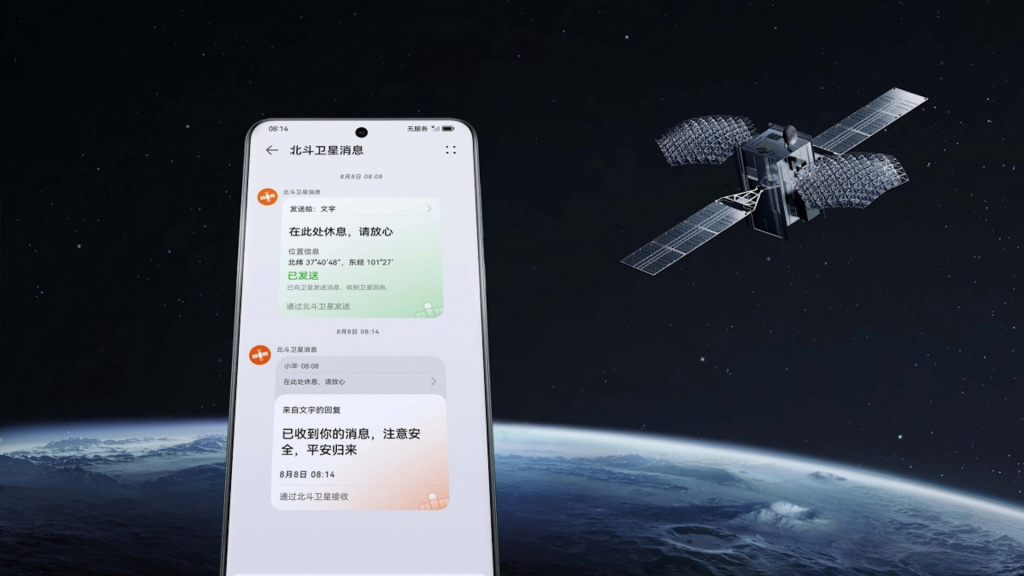
Crossing borders: connecting satellites and mobile phones in the era of new mobile devices
As the end of 2023 approaches, a significant trend is observed in connection with the satellite connection, especially with a direct connection between smartphones and satellites. This development is fueled by collaborations between smartphone makers, chip designers like Qualcomm and MediaTek, and satellite operators like SpaceX i Lynk Global-a.
In the future, advances such as increased power are expected to enable the integration of new generations of low-orbit satellites for direct connection to smartphones.
Two significant phenomena are visible in the course of evolution satellite communications with smartphones: collaborations between operators, smartphone manufacturers and satellite operators, and partnerships launched by satellite operators in LEO orbit with telecommunications companies.
Chip design companies, particularly MediaTek and Qualcomm, are leading smartphone-related entities. For example, MediaTek released the MT6825 chip based on the 3GPP Non-Terrestrial Network (NTN) standard, it says Digitimes. In cooperation with the British Bullitt Group and Motorola, they jointly launched smartphones that use Skylo’s network to provide satellite communication services.
An example from the second half of 2023 is Huawei Mate 60 Pro, a smartphone that has attracted quite a bit of attention this year. In addition to the 5G chip developed by SMIC, the phone is equipped with technology that enables direct communication with satellites.
 Huawei
HuaweiAfter integrating chips for satellite communication, the device uses S-band from satellites in geostationary orbit for two-way exchange of messages and calls. Huawei previously presented satellite communication capabilities in the Mate 50 model, although they were limited to one-way communication.
In the domain led by satellite operators in LEO orbit, collaborations are predominantly between SpaceX and telecommunications operators such as T-Mobile in the US and KDDI in Japan. These collaborations include the release of bandwidth by telecom operators for satellite communications services. Another notable example is the partnership announced in 2023 between the New Zealand telecom operator 2degrees and the satellite company Lynk Global.
Since existing smartphones cannot adjust the size of antennas, high signal strength from satellites is necessary for successful communication.
This collaboration aims to provide satellite communications services to customers throughout New Zealand using Lynk Global’s space stations. Currently, only text messaging is supported, but a voice call service is also planned.
With the integration of satellite communication from a chip design perspective, attention is shifting to the broader market of existing smartphone users. From a technical point of view, seamless communication depends on the connection budget, and since existing smartphones cannot adjust the size of antennas, high signal strength from satellites is necessary for successful communication.
Satellite communication in the initial design or subsequent increase in satellite power?
Therefore, satellite operators in LEO orbit like SpaceX and AST SpaceMobile are deploying satellites with higher power and innovative antenna arrays to enable direct satellite communication with existing smartphones.
Regardless of whether it is considered satellite communication in the initial design or the subsequent increase in the power of satellites to connect to cells, both approaches are being developed simultaneously. In terms of implementation time, integrating satcommunications into smartphone chip design is the fastest approach.
However, the integration of satellite communication standards by the 3GPP, although time-consuming, is crucial for the long-term transformation of the industry. As Release 17 and 18 gradually incorporate satcommunications into the standards, industry agreement and standardization will pave the way for a more robust ecosystem of direct smartphone-to-satellite connectivity.